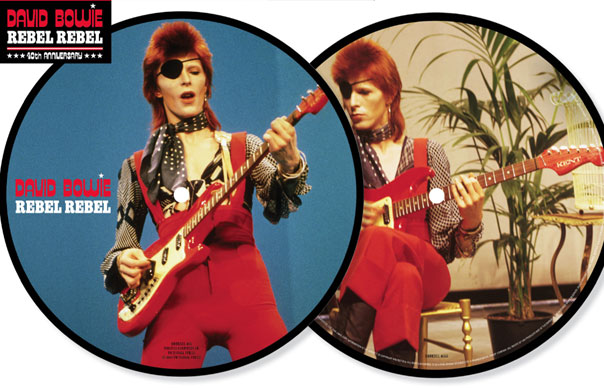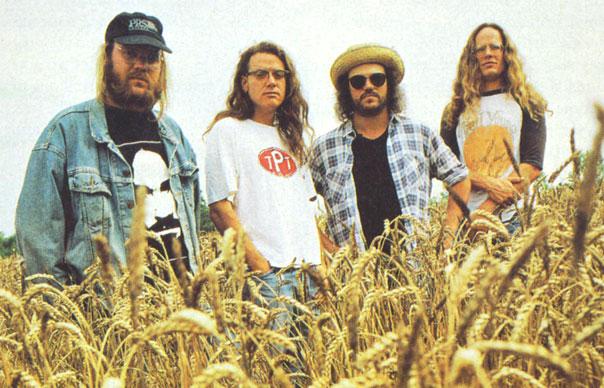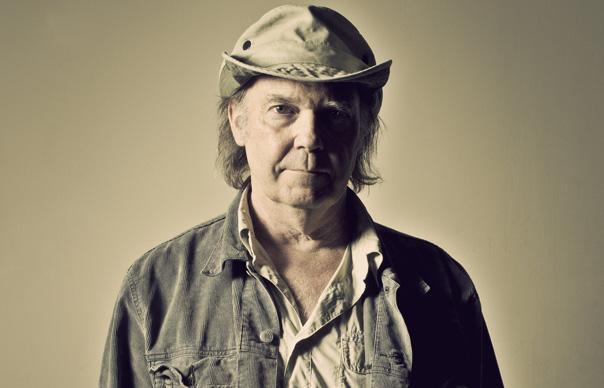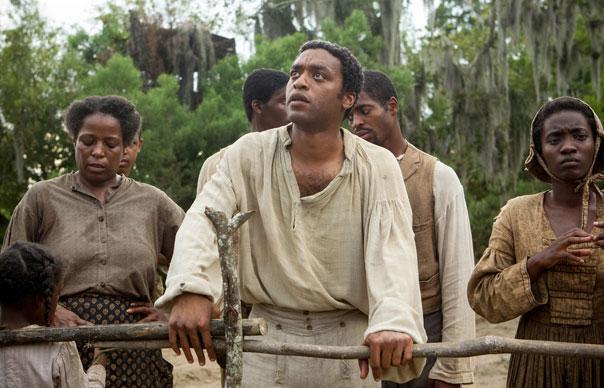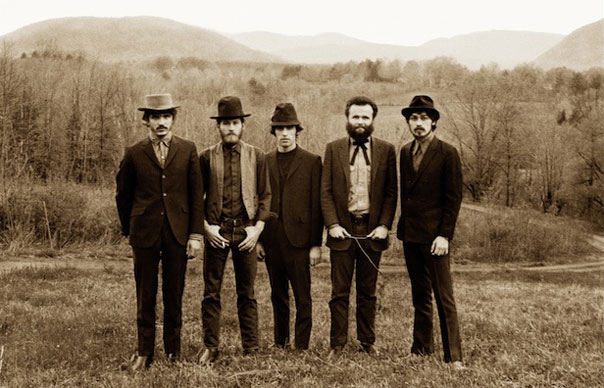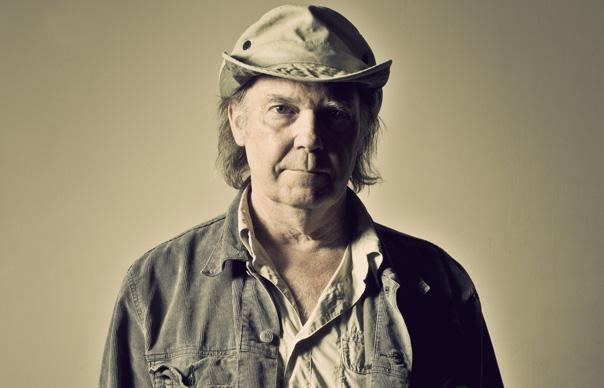Twelve years after he was pulling pints in a pub in London Bridge, Brian Burton is perhaps busier than ever – he has a new Broken Bells album out on Monday (January 13), he’s been working with U2 and is rumoured to be producing the next Black Keys record. It’s been a whirlwind decade for the writer and producer better known as Danger Mouse: after making his name by daring to cross-breed The Beatles with Jay-Z, he’s gone on to work with everyone from Damon Albarn to David Lynch. “I don’t have a desire to stand onstage,” Burton tells Uncut in this archive piece from our June 2011 (Take 169) issue. “When I get up in the morning I want to create, it’s that simple.” Interview: Sam Richards
___________________
DANGER MOUSE & JEMINI
Ghetto Pop Life (Lex, 2003)
Aged 23, the Anglophile Burton is lured from Athens, Georgia, to London. After mailing out hundreds of demos, he is eventually signed by Warp offshoot Lex and uses his advance to recruit Brooklyn rapper Jemini for an album of steely orchestral hip-hop.
I’d always romanticised London because a lot of bands I liked were from there. I remember going into a big record store soon after I landed and seeing Björk and Super Furry Animals in the Top 5 album charts. I was never interested in making pop music, so that was my inspiration. I didn’t really know anyone in London. I was just working in a pub and going home and making music. I was always trying to make it sound professional – I didn’t want people to know I was making music in my bedroom. There’s nothing romantic to me about that.
I’d never really tried to make hip-hop beats before but the first time I put some of them on a demo I got a response right away. It was a huge deal for me to get signed, even though I used all the money to make the album and pay the rappers. I flew out to Los Angeles to have The Pharcyde and Tha Alkaholiks do their stuff and when I got out there I couldn’t believe it was still 20 degrees centigrade in November, so I ended up moving there not long after that.
DANGER MOUSE
The Grey Album (Bootleg, 2004)
As a challenge to himself, Burton spends three intense weeks chopping and splicing samples from The Beatles’ White Album with the a cappella tracks from Jay-Z’s Black Album. Although never intended for public consumption, the album goes viral, delighting critics and, on ‘Grey Tuesday’ (a day of ‘electronic civil disobedience’) 100,000-plus downloaders. The Beatles’ copyright holder EMI wasn’t happy, though…
I had the idea while cleaning up my apartment, listening to The White Album. I started messing around with stuff just out of curiosity and pretty soon I’d become completely obsessed. I worked on it for three weeks straight with only a few hours off each day. I felt like a lot people I knew didn’t really consider sampling to be an art form, so I thought I’d try to prove them wrong. Also it was mixing these two genres that were very inspiring to me growing up, whereas people usually pick one or the other. I thought it would just be a bootleg that I passed around to friends, a piece of pop concept art. I had no inkling of the controversy it would cause, and if I did I probably wouldn’t have done it. There’s nothing worse than starting off your career with a gimmick because then you have to work harder to be taken seriously. But I’m still proud of it. I’ve never done anything else that’s had so much put into it. I must have been a madman.
DANGER DOOM
The Mouse And The Mask (Epitaph, 2005)
Burton teams up with his favourite underground rapper – masked crusader, fellow workaholic and former Madlib collaborator MF Doom. The results are inspired, drawing influence from the pair’s shared love of the anarchic cartoons of the Adult Swim channel.
I was in the middle of exec-producing an album for Prince Po from Organized Konfusion. We were looking for guest rappers and eventually I got in touch with Doom and when he came over to record his part I was blown away. We got along pretty well – he lived in Atlanta at the time so when I went there to see my family I’d hang out with Doom as well. I started giving him music and he wrote some stuff to it and it happened really naturally right after that. What I like about Doom’s style is that he’s so obsessive. He’ll rhyme entire sentences, and not just the last word. All the reference points he uses are so unique. At first, it can just sound like stream-of-consciousness, but if you listen to his stuff enough, you’ll understand it. His delivery is very natural and there are no choruses on his songs. He’s not trying to get on the radio, he just does what he does. To me, he’s the best rapper out there. It’s becoming a pattern how I seem to end up working with all these obsessive people! But that’s how we relate to each other, I guess.
GORILLAZ
Demon Days (Parlophone, 2005)
The Grey Album might have brought with it some unwelcome attention but it also caught the ears of Damon Albarn, who invites Burton to work on the second – and best – Gorillaz extravaganza. Albarn is so impressed that Burton’s services are retained for the The Good, The Bad & The Queen project.
I’d sat down with a bunch of major labels after The Grey Album and it was all a bunch of bullshit to be honest. Separately, Damon got in contact to see if I’d be interested in the Gorillaz thing. I was a really big Blur fan and we just hit it off. We met up so he could play me some demos and afterwards he was like, “Let’s mess around, let’s make a song.” I didn’t have any of my usual equipment with me so I just had to wing it, but we put together the beginnings of what became “Dirty Harry” and that’s how it started. It was a free-for-all, there were no real rules. I got to record with Ike Turner, and to meet Dennis Hopper, and singers like Martina [Topley-Bird], who I later ended up doing a record with. It was a really adventurous, fun album to make.
It was probably the best thing that’s ever happened to me in my career. Damon gave me a lot of confidence and showed me ways of working that I’d never thought about before. There aren’t many people I’ve worked with whose work ethic is the same as mine, and that’s probably because they’re healthier people than me. Not to say Damon is unhealthy but he’s probably the only person who’s challenged me as far as work ethic is concerned. I can’t remember a time when we had an issue or an argument in the making of the music. Of course, nobody cares if you work hard and your music isn’t any good, but the more music you make, the more confidence you have that something great is going to come along.
The Good, The Bad & The Queen started pretty much right after Demon Days, and since that worked out so well, Damon decided that we might as well keep on working together. I’d met Simon [Tong] and Tony [Allen] briefly from working on Gorillaz, but obviously Paul [Simonon] was in The Clash, which made it a bit nerve-wracking. I remember saying to Damon, “I don’t know if I can do this, he’s probably set in his ways. I can’t work well like that, I need people who can take criticism and suggestion.” But Damon said, “No, trust me, he’s great,” and sure enough Paul was amazing. His instincts are so good that I didn’t even have to give him much direction. I haven’t ever worked with such a good bass player. It was mindblowing.
GNARLS BARKLEY
St. Elsewhere (Downtown/Atlantic, 2006)
Burton steps out from behind the mixing desk to form a band with charismatic Atlanta soul man Cee-Lo Green. After initial indifference, “Crazy” becomes a massive radio hit and installs itself at No 1 for nine weeks.
When I was in Georgia, OutKast and Goodie Mob were the biggest and best things in the South. Cee-Lo always had a voice that could cut through any kind of music and he was obviously this larger-than-life character, so I was a very big fan. I never thought in my dreams I’d get to work with him. But fast forward a few years and he guested on a remix of “What U Sittin’ On?” from Ghetto Pop Life and I gave him a demo of this music that I didn’t think was any good for rapping, or that the average singer could do anything with. He was into it and committed to a whole album right away.
I don’t think I’ve met anybody as naturally musical as him. He’d say, “I think I’ve got an idea,” and then he’d go in and do the whole song right then and there with no paper in front of him. The first time I ever heard him sing “Crazy” was the one take you hear on the record. Stuff like that doesn’t happen much. I always feel weird on stage, which is where the costumes came from. We didn’t want to take ourselves too seriously. I think the Wizard Of Oz costumes were my favourite, either those or Star Wars.
THE BLACK KEYS
Attack & Release (Nonesuch, 2008)
Now hot property, Burton is hired to produce his first straight-up rock record, courtesy of hip hop-loving Ohio blues-rockers The Black Keys.
It was the first time The Black Keys had recorded in a proper studio. They were already on their way to doing something special and I was lucky enough to be there when they were taking that leap. They were trying out a lot of new things, and I was one of them. It was very different from any project I’d worked on previously. We did pretty much the whole album in two weeks – recording it, tracking it, everything. But they have a very natural way of working and they’re really great musicians. I never really had to get into the details because pretty much all their takes were good.
I’m usually a pretty hands-on person when it comes to producing but I’ve learned the value of waiting for something magical to happen, because when you’re on the inside it’s a lot harder to judge. For the most part, making Attack & Release was just about collecting and grabbing those magical moments and happy accidents.
DANGER MOUSE & SPARKLEHORSE
Dark Night Of The Soul (EMI, 2010)
Burton and Mark Linkous recruit a stellar cast of vocal collaborators – Wayne Coyne, Frank Black, Iggy Pop – for an album of soul-searching trip hop, with David Lynch providing the wacky visuals. It’s the last album Linkous makes before committing suicide in 2010.
I know Mark was a troubled person but he was also kind and gentle. It was difficult [to make this album] because he was pretty sad for the most part. I wanted this to have a really strong visual element because I knew we weren’t going to be able to tour it. David [Lynch] lives in my neighbourhood, so I just took a chance and sent him what we’d been working on. He was joking about wanting to sing at first, but as it turned out he did two of the more interesting songs!
It doesn’t really mess with my head that I’m in the room with someone renowned, because it’s what they’re doing now that gets me going. I love David’s movies but he could have been a jerk. He wasn’t, and when he did agree to do the visuals for Dark Night… he did an amazing job. It pushed the project into unique territory.
BROKEN BELLS
Broken Bells (Columbia, 2010)
Having hooked up for one song on Dark Night…, Burton and Shins frontman James Mercer cement their relationship by making an album of downbeat, wistful indie-pop.
I met James at Roskilde festival in 2004. I’d just discovered The Shins’ Chutes Too Narrow album and I connected with it so much. As fellow Americans in a foreign country we instantly clicked and wound up watching Morrissey together and hanging out in Copenhagen. We became buddies, basically.
Later, I knew I wasn’t going to be doing Gnarls Barkley for a while but I wanted to do something that involved writing music. And James was also looking to do something new, so we started working together. James is probably one of my favourite singers of all time and I feel like almost everything he does is great, so the more challenging aspect of Broken Bells for me is to know when to ask him to try it again or do something else. As much as I feel like I’m involved as a producer, they’re still somebody else’s albums. Broken Bells is a chance for me to put more of my own ideas across.
DANGER MOUSE & DANIELE LUPPI
Rome (Parlophone, 2011)
Indulging their love of Spaghetti Western soundtracks, Burton and Italian composer Daniele Luppi hire Ennio Morricone’s studio and fill it with his crew. Jack White and Norah Jones come along for the ride.
I was a fan of an instrumental record Daniele Luppi had done called Italian Story, and he helped with some of my arrangements for Gnarls. Meanwhile I’d been writing these songs on piano and guitar that didn’t really fit anywhere else and he agreed that it would be a great idea to track down some of the guys who’d played on those old soundtracks. We started it in 2006 and went back to Rome every October for the next few years. The studio was a place called Forum Studios. We’d go up to the tape room and see the original tapes for Once Upon A Time In The West still there in their old boxes. When the musicians started playing we’d be transported into this time warp. We had Alessandro Alessandroni, the famous whistler, leading the chorus, and Edda Dell’Orso, Morricone’s main soprano. I barely understood the Italian, but we worked it out!



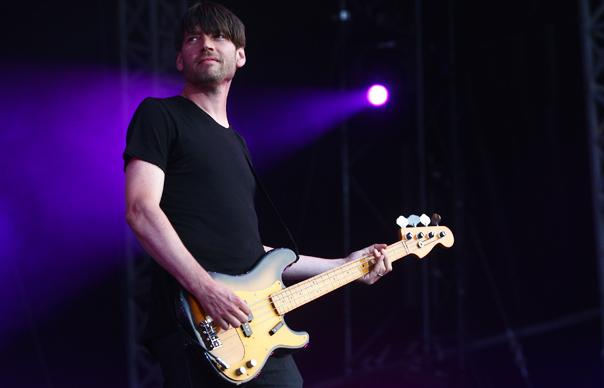
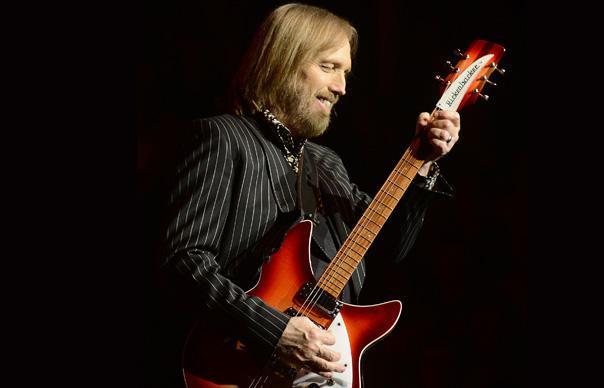
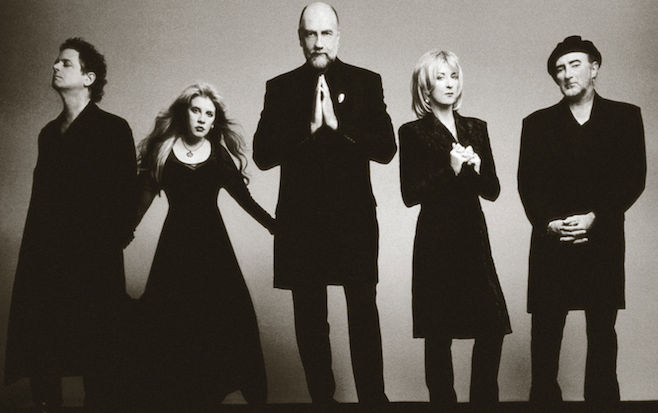
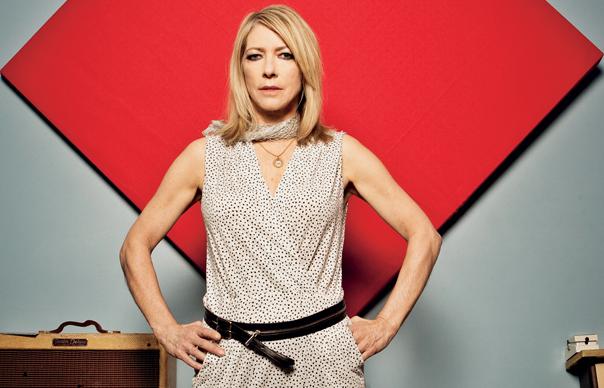
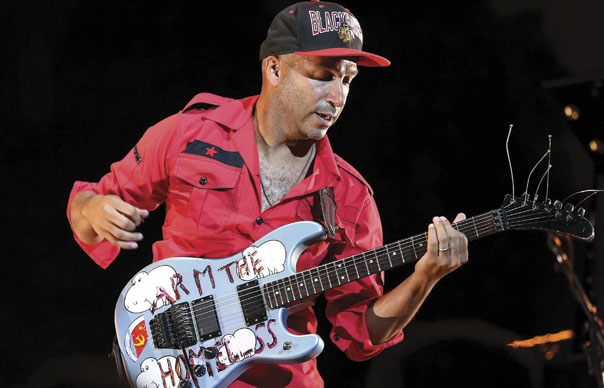
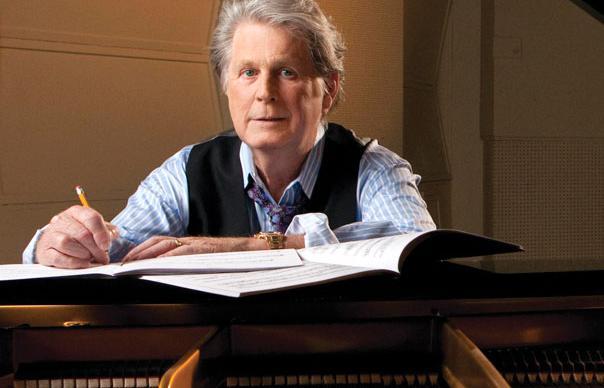
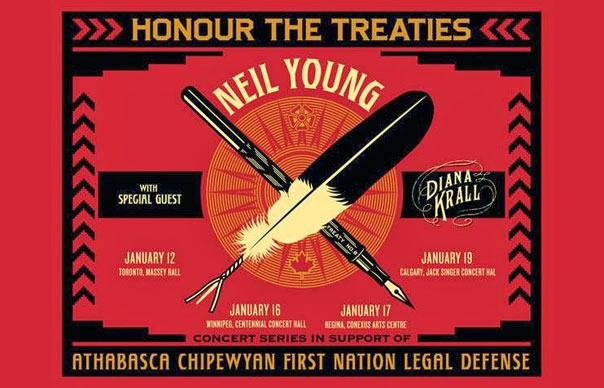
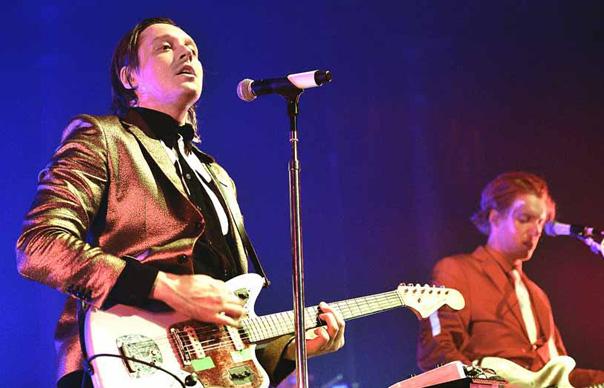
 The soundtrack will feature instrumental versions of 'Porno' and 'Supersymmetry'. Both tracks appeared on the Canadian band’s UK Number One album, 'Reflektor'. The latter was apparently written for the film, according to its director Spike Jonze.
In an interview with
The soundtrack will feature instrumental versions of 'Porno' and 'Supersymmetry'. Both tracks appeared on the Canadian band’s UK Number One album, 'Reflektor'. The latter was apparently written for the film, according to its director Spike Jonze.
In an interview with 
